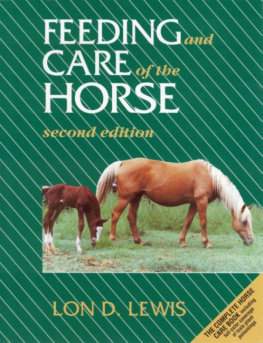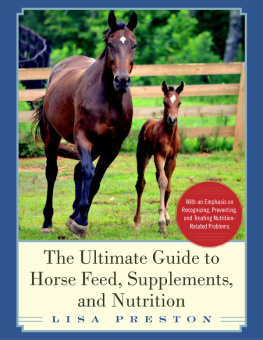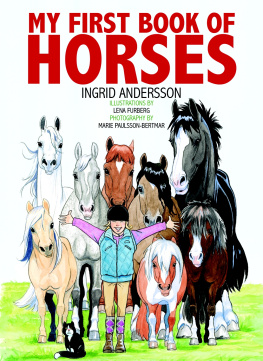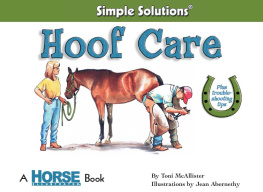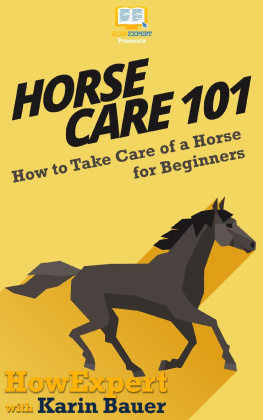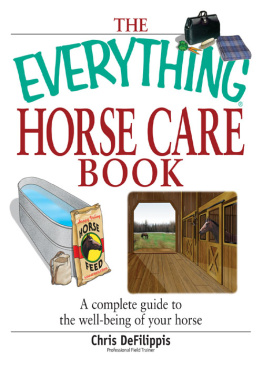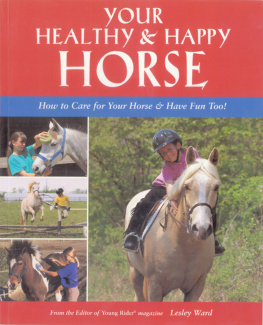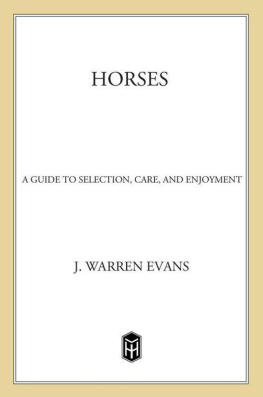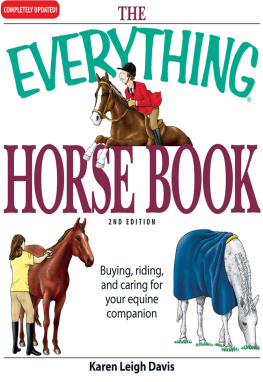
CONTENTS

2005 Blackwell Publishing
1996 Lippincott Williams & Wilkins
All rights reserved
Blackwell Publishing Professional
2121 State Avenue, Ames, Iowa 50014, USA
Orders: 1-800-862-6657
Office: 1-515-292-0140
Fax: 1-515-292-3348
Web site: www.blackwellprolessional.com
Blackwell Publishing Ltd
9600 Garsington Road, Oxford OX4 2DQ, UK
Tel.:+44 (0)1865 776868
Blackwell Publishing Asia
550 Swanston Street, Carlton, Victoria 3053, Australia
Tel.: +61 (0)3 8359 1011
Authorization to photocopy items for internal or personal use, or the internal or personal use of specific clients, is granted by Blackwell Publishing, provided that the base fee is paid directly to the Copyright Clearance Cenrer, 222 Rosewood Drive, Danvers, MA 01923. For those organizations that have been granted a photocopy license by CCC, a separate system of payments has been arranged. The fee code for users of the Transactional Reporting Service is ISBN-13: 978-0-6830-4967-1/2005.
First edition, 1982
Library of Congress Cataloging-in-Publication Data
Lewis, Lon D.
Feeding and care of the horse / Lon D. Lewis.2nd ed.
p. cm.
Includes bibliographical references and index.
ISBN 978-0-6830-4967-1
1. HorsesFeeding and feeds. I. Title.
SF285.5.L48 1994
636.1'084dc20
94-18096
CIP
DEDICATION
Dedicated to the memory of
Two outstanding horsemen:
Everette Corwin Lewis, my father, whom I didnt have the pleasure of knowing and Lee M. Brunk, my father-in-law, whom I did.
Two great cattlemen:
Del J. and Dorcas M. Bigelow, my grandparents, who taught me much about life
and
Veterinary editor and friend to the profession and those they serve, Kit (Christian C. Febiger) Spahr, Jr., editor of the first edition of this book.
All of whom live on in the memory of those who knew them and/or have benefited from the many contributions they left us.
PREFACE
There has been an extensive amount of research conducted, as well as experiences and recommendations reported, on all aspects of feeding and caring of the horse. Much of this information is accurate and applicable, however, some is not. Some must be interpreted or combined with other information to be directly applicable and useable. Results with other species of animals are sometimes reported for horses. Often these are found not to be applicable for horses. Some experiences, recommendations, and old wives tales are well proven not to be true, or to be true only under certain circumstances, but unfortunately are often repeated by those unaware of studies or experiences refuting them. Occasionally, financial gain rather than scientific validity appears to be the motive behind information and recommendations given. Generally, there is some factual basis for the statements or implications made, but what has been demonstrated is not understood, is misrepresented, is exaggerated, or most often, is extrapolated to circumstances to which they either dont apply or to which there is no evidence that they do. This book is an effort to alleviate these shortcomings in bringing together research results, experiences, and recommendations in as accurate, complete, and as useable a manner as possible for horse owners, who are not veterinarians or nutritionists.
For the veterinarian and nutritionist the referenced textbook EQUINE CLINICAL NUTRITION: Feeding and Care is more useful. It provides the details necessary for a more complete understanding, for diagnosing, and for both dietary as well as medical management necessary to most successfully treat nutritional and feeding-related diseases affecting horses. Dietary management of non-feeding related diseases for both sick horses and foals are also described, including fluid and electrolyte therapy, and oral and intravenous feeding. Studies confirming the validity and basis for information and recommendations given are described and referenced so additional details can be found if wanted. FEEDING AND CARE OF THE HORSE is an abridgment of this more medically oriented textbook. Research details and references are omitted allowing information to be presented more succinctly. This greatly assists in making the information easier to find, understand and use. There is minimal use of medical and other words not common to non-health professionals. However, at times their use is necessary. In addition, there are some words common to some but not others, and that have different meanings to different people and in different situations. Because of this, a glossary of over 750 words has been added to this book.
The book is divided into three sections. In the first section on Nutrition and Feeds for Horses emphasis is on the nutrients needed by the horse and their many sources. In the second section on Feeding and Care of Horses feeding to meet these needs, as well as additional aspects of care, are described. The last section contains the glossary and appendix tables which provide information referred to throughout this book and needed repeatedly in feeding and caring for horses.
The book begins with a listing of chapter titles and their location. Each chapter begins with a detailed table of contents for quickly finding specific topics of interest and items involved with or described under that topic. Most chapters end with a description of additional information recommended on topics covered in that chapter.
Chapters 1, 2, and 3 describe the sources, utilization, and functions of nutrients by the horse, and causes, effects, and treatment of deficiencies and excesses of these nutrients water and energy-providing nutrients in Chapter 1, and the many minerals and vitamins needed, harmful, and given to horses in Chapters 2 and 3, respectively. The multitude of different feeds, both harvested and pasture, that provide these nutrients are described in Chapters 4 and 5. No topic in feeding horses is of greater concern than that of the various feeds that may be used, or are harmful to horses. These feeds include types, forms and cuttings of hay; the many different cereal grains; high-moisture harvested feeds; vitamins, minerals, protein and fat supplements; commercially available feed mixtures; and various by-product feeds, and feed additives fed to horses. However, for many horses the major and often only feed needed is pasture forage for which its types, planting, management and benefit are described. How to determine the nutrient content of the horses diet and, therefore, if it is providing inadequate or excessive amounts of each nutrient, and how to mix feeds together so that nutrients low in one feed are balanced by feeding another feed higher in these nutrients, and thus prevent or correct nutrient deficiencies and excesses are described in Chapter 6. How to do this as economically as possible is described in Chapter 7.
The use of the information in Section I on Nutrition and Feeds to feed and care for the horse is described in Section II. General feeding and management practices for all horses are given in Chapters 8 and 9. This includes needs, methods and frequency of feeding different types of feeds, the description, harm and control of internal and external parasites and infectious diseases, dental, foot and hair coat problems and care, recordkeeping, housing, and fences. Specific feeding and care for each stage of life, activity and environment are given in Chapters 10 through 15. This includes during hot or cold weather, and for idle, working and aged horses, for athletic performance, for breeding stallions, broodmares and growing horses including orphans. Nutrients, training, fitness evaluation, diseases due to and selecting horses for athletic performance are also described in Chapter 11. Chapters 12 and 13 also include breeding evaluation, procedures and problems, including nutritional effects on reproduction and on milk production and composition. Mare and foal care at foaling, including their behavior, and maternal aggression and complications are described in Chapter 14. Following Chapter 15 describing feeding and care of growing horses, the most common problems occurring in fast growing light horse breeds, developmental orthopedic diseases, are described in Chapter 16.
Next page
